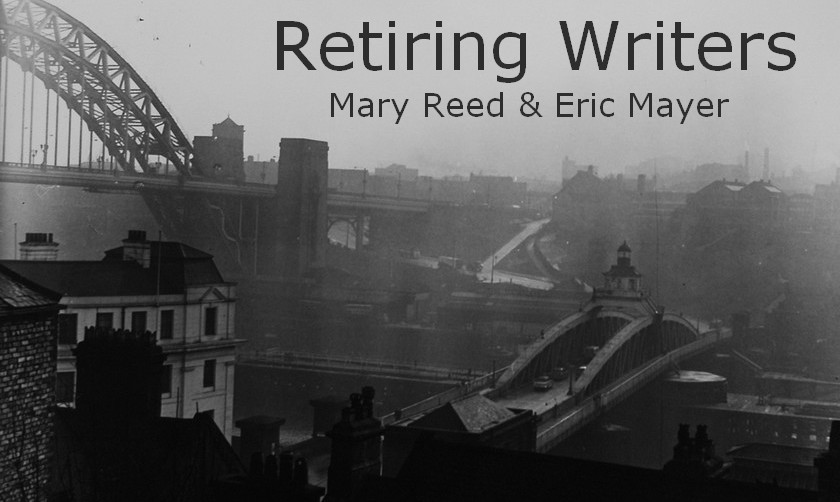by Eric
Today is Frank Sinatra's 100th birthday. That places him in the generation of singers my parents loved. Which is to say, those my generation, kids who followed the Beatles and rock n'roll, did not love. Still, Sinatra being the icon he is, I haven't avoided his music altogether.
I associate Frank Sinatra with three songs: My Way, thanks to the rendition by Sex Pistol Sid Vicious (whose way turned out less successful than Frank's), Strangers in the Night, because of the jaw dropping tastelessness of a father- daughter duet about a pick up, and High Hopes.
The latter is the only Sinatra recording I actually liked. During my early years I didn't enjoy anything except novelty songs or The Colonel Bogey March as played on my grandparents' old Victrola. High Hopes with its doughty ant hauling its rubber tree plant worked for me. As far as Sinatra's performance went, I would have preferred Sheb Wooley.
Ol' Blue Eyes was always hanging around the house in the fifties, in the record cabinet, on the turntable. I recall seeing the album covers, although I don't specifically recollect hearing the music. My inexplicable familiarity with certain standards might be due my parents playing Sinatra's versions. He did not interest me. Judging by the album covers he was just some old guy. Older than my parents even because he wore a hat. My grandfather wore a grey felt hat, my father didn't.
My dad liked the fifties Sinatra well enough to play his albums but he preferred Ella Fitzgerald. The Sinatra whose music he loved was the skinny Big Band singer from the forties.
When I developed an interest in rock music during the sixties I occasionally sampled earlier artists and found singers I liked -- Fred Astaire and Hank Williams for example. I never tried Sinatra. He was too much "my parents' music."
So I was shocked one day in the late seventies when my Manhattan "hairdresser to the punk bands" was playing a new Sinatra album. I went to his probably illegal, private apartment hair salon -- i.e. barber chair and mirror in what was obviously a dining room -- to get my hair snipped into spikes. Rather than Johnny Thunders or the Dead Boys or any of the customers he mentioned in his Punk Magazine ad, he had Sinatra crooning through his sound system.
The explanation was simple. His dad was a session musician who'd played on the album. His dad had also played on Jobriath's albums, which accounted for the gigantic Jobriath poster on the wall. Luckily he did not play Jobriath while I was in the chair.
For a short time my ex wife and I lived in the tiny New Jersey town of Weehawken, across the Hudson from Manhattan and just north of Hoboken, best known for being the birthplace of Frank Sinatra. There are a lot of Sinatra fans in that part of New Jersey.
One blistering hot summer Sunday we decided to go into the city. As we waited outside our apartment building for the bus, growing ever more uncomfortable an enormous Cadillac pulled up and middle-aged, business suited driver asked us where we were going and offered a ride. Being young and foolish we leapt into the refreshingly air conditioned interior. The seats had more padding in them than all the thrift store furniture in our place put together. Sinatra was blasting over the stereo speakers.
Along with the music we got an enthusiastic lecture on Frank, the hometown boy made good and his proper place in music history. I have often wondered whether this Sinatra fan made a point of picking up young people and trying to convert them to his hero.
I wasn't converted. And years later, by the time I might have been prepared to give him a chance he'd become an elderly, obnoxious celebrity.
But there was always High Hopes. Unlike Sinatra's usual schmaltz, that song really spoke to me in the same way Purple People Eater or Little Space Girl or the Mighty Mouse theme did. (Ants were so much more interesting than girls.)
One day my dad's friend Mr. Petrillo (in the fifties kids didn't address adults by their first names) drove my brother and me and all his kids -- seven or eight, or maybe nine...I lost count -- to a Yankees game. Mr Petrillo was an artist and the most imperturbable man I ever met. He and his wife lived with that incalculable gang of kids, assorted mutts and two ancient mothers-in-law engaged in a never ending Sicilian blood feud. He'd sit calmly smoking his pipe, reading an art magazine, in his own world of sublime aesthetics, totally oblivious to the bedlam surrounding him.
During the long drive to New York he puffed his pipe serenely while we kids spotted cows, argued, wrestled, and finally sang, and sang, and sang. We got to the chorus of High Hopes:
But he's got high hopes, he's got high hopes
He's got high apple pie, in the sky hopes
Then there was a big cut in the vinyl and the needle kept jumping backwards.
He's got high-i-i hopes! He's got high-i-i hopes!!
It was the perfect refrain for a backseat choir nine, or ten, or eleven (or so it seemed) massed sub-teen screechers.
How loud could we sing? This loud? No, we can do better than that.
High-i-i...hopes!!....HIGH-I-I HOPES!!!!
Mile after mile we increased the volume. Finally, incredibly, Mr Petrillo slowly removed his pipe from his mouth, looked back over his shoulder, and without raising his voice said, "Will you damn kids please shut the hell up."
We shut up.
For him that amounted to a towering rage.
Definitely not his way.






